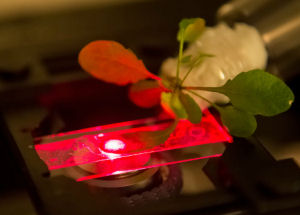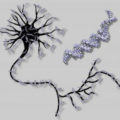
Plants are extremely efficient at taking carbon dioxide from the air and converting it into biomass using light as an energy source. Now, chemists may be a step closer to replicating photosynthesis, thanks to a novel catalyst identified by German researchers at the Max Planck Institute for Colloids and Interfaces.
Being able to use plain old CO2 as a carbon source for synthetic chemical reactions would open up whole new areas of carbon chemistry, but to date, efforts in the lab have fallen short of achieving what plants do with ease. Previously, chemical activation of carbon dioxide (breaking the C-O bonds in CO2) has only been achieved with special metal catalysts that require a great deal of input energy.
Now, however, a team of chemists headed by Markus Antonietti have taken an important step toward much more efficient cleavage. Describing their work in the journal Angewandte Chemie, Antonietti relates how his team has successfully activated CO2 for use in a chemical reaction by using a special new type of metal-free catalyst: graphitic carbon nitride.
Antonietti says his team’s use of a metal-free catalyst was inspired by plants, where photosynthesis creates carbamates from the bonding of CO2 to nitrogen atoms. Subsequent experimentation eventually revealed a new class of nitrogen-rich catalysts made of flat, graphite-like layers that allow the formation of carbamates. The individual layers consist of ring systems of carbon and nitrogen atoms – which the team has dubbed graphitic carbon nitride.








Comments are closed.